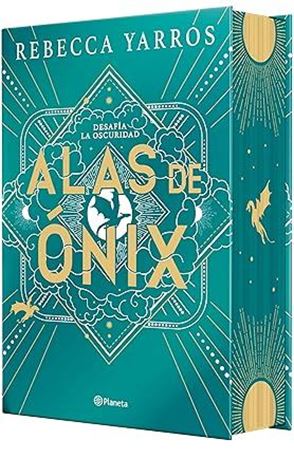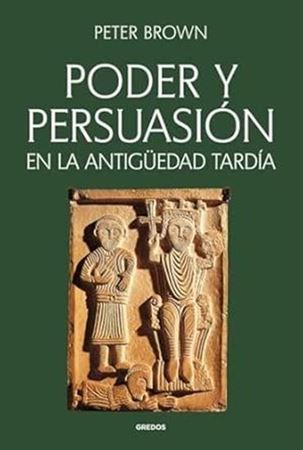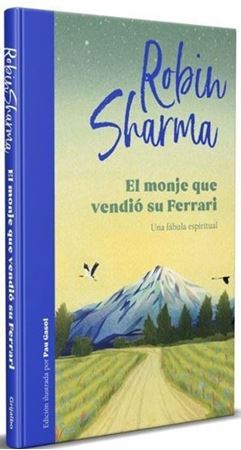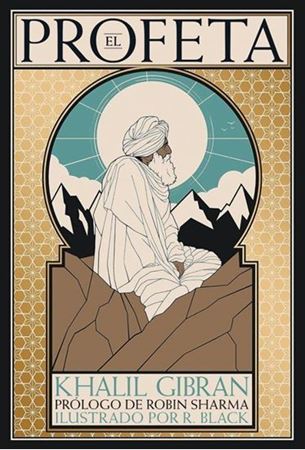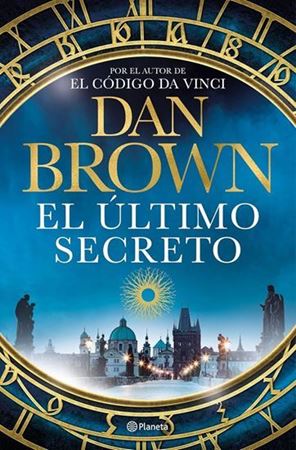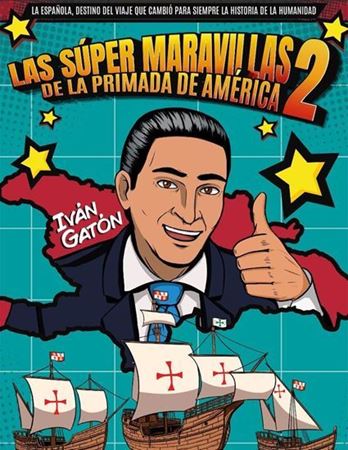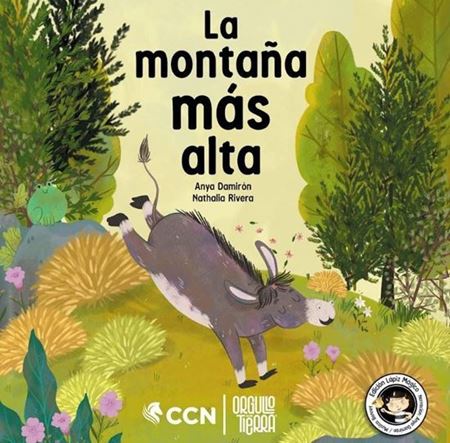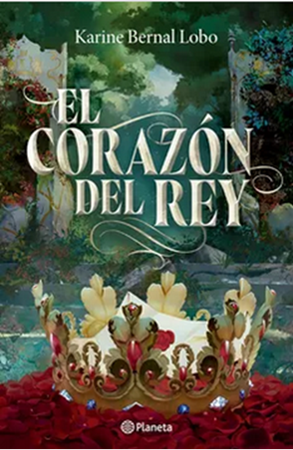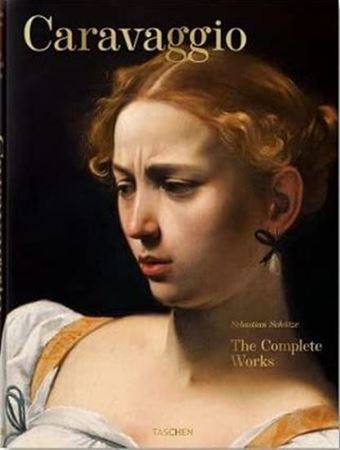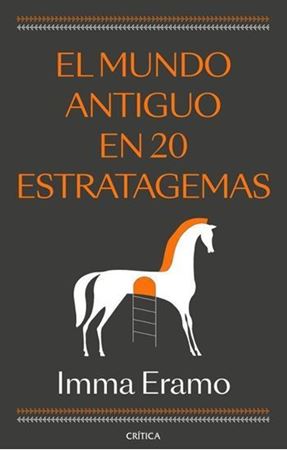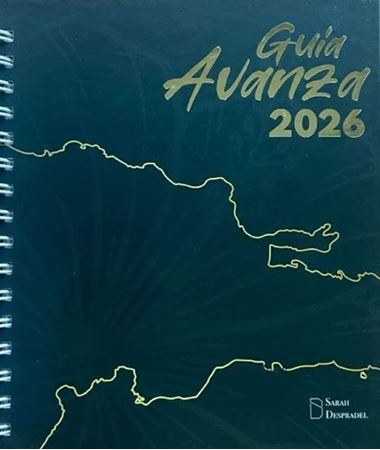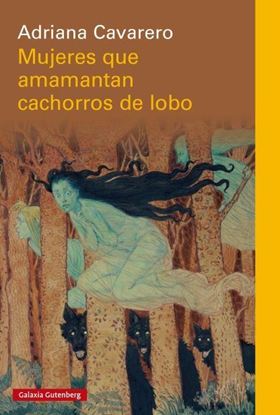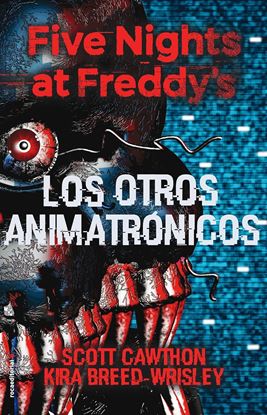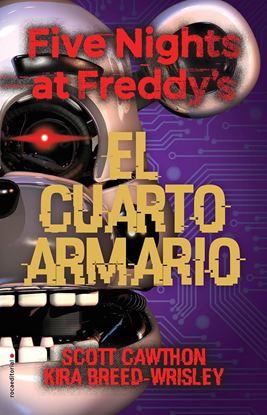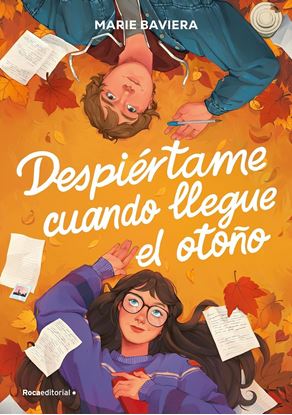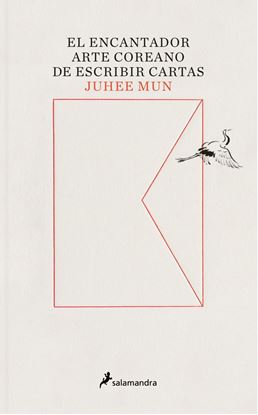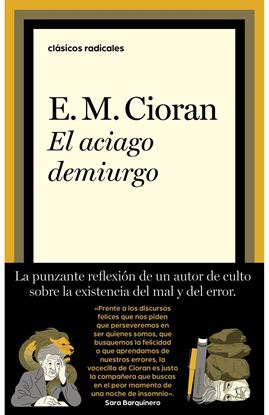

NOVEDADES
MUJERES QUE AMAMANTAN CACHORROS DE L.
¿Qué significa ser madre? ¿Qué significa pensar el cuerpo como materia viva que, en el parto, se abre y se desgarra? Devolviendo el concepto de 'vida' a su dimensión visceral, Adriana Cavarero desafía la indiferencia de la filosofía hacia el cuerpo materno y explora sus lados oscuros y perturbadores, marginados por una tradición que favorece representaciones idílicas y luminosas. Para ello, recurre a la literatura analizando la maternidad en libros de autoras como Annie Ernaux, Elena Ferrante o Clarice Lispector, además de al pensamiento filosófico y a la tradición trágica griega, con incursiones en la antropología, la biología y la teoría crítica feminista. Cavarero, pues, se centra en la parte carnal de la experiencia maternal, en la que el cuerpo femenino se hace cómplice del proceso procreativo de la naturaleza, permitiéndole regenerarse cada vez. El origen de la vida está precisamente en el cuerpo de la mujer que se desgarra para generarnos.
1,400
1,120
FIVE NIGHTS AT FREDDYS 2.OTROS ANIMATRON
Segunda novela oficial de la serie basada en el video juego de terror que arrasa en el mundo entero. Ha pasado ya un año desde los terribles sucesos acontecidos en Freddy Fazbear's Pizza, y Charlie está haciendo todo lo posible por seguir adelante. Ni la emociOn por empezar en una nueva escuela pueden hacerla olvidar lo sucedido; siguen persiguiéndola y atormentando las pesadillas de un asesino enmascarado y sus cuatro temibles animatrOnicos. Charlie quiere creer que aquella experiencia ha acabado, pero cuando descubren una serie de cuerpos cerca de la escuela llenos de heridas que le resultan inquietantemente familiares, se verá arrastrada de nuevo al mundo de aquellos horribles seres creados por su padre. Hay algo absolutamente retorcido que está a punto de atrapar a Charlie, y esta vez no la dejará escapar.
1,400
1,120
FIVE NIGHTS AT FREDDYS 3. CUARTO ARMARI
¿Qué fue lo que realmente sucedió con Charlie? Esta es la pregunta que John es incapaz de entender, además de las constantes pesadillas que tiene en las que Charlie aparece muerto, pero en las que también, milagrosamente, Charlie reaparece. Lo único que John quiere es olvidar la saga de terror que vivió en la Freddy Fazbear's Pizza, pero el pasado no es tan sencillo de enterrar. Mientras tanto, la apertura de una nueva pizzería en Hurricane trae consigo una nueva ola de secuestros que le suenan muy familiares. Unidos por la pérdida de su niñez y a regañadientes, John se juntará con Jessica, Marla y Carlton para resolver el caso y encontrar a los niños desaparecidos. A lo largo del camino, descifrarán el misterio de lo que le sucedió a Charlie y del inquietante legado de las creaciones de su padre.
1,400
1,120
DESPIERTAME CUANDO LLEGUE EL OTOÑO
Una rom-com juvenil y cozy con aroma a canela, libros y otoño.
¡Bienvenidas a Orange Hollow!
«Las protagonistas de las historias suelen empezar un viaje para alcanzar un sueño. Yo decidí empezarlo para encontrarlo».
Anna no está pasando por su mejor momento: su mejor amiga ha sido admitida en un prestigioso centro de Londres y la idea de enfrentarse sola al curso le parece terrible. Se siente perdida… Por eso, cuando sus tíos le proponen marcharse con ellos a Orange Hollow, un pintoresco pueblecito de Estados Unidos, y estudiar unos meses en el extranjero, no se lo piensa demasiado.
Allí, lejos de todo, cada día es una nueva aventura con olor a canela y chocolate caliente. Pronto Anna empieza a trabajar en una librería, donde se intercambiará mensajes con un misterioso empleado. Nunca lo ha visto, aunque sus notas le sacan siempre una sonrisa. ¿Quién será? Pero no todo es tan idílico como parece. El primer día de clase, la emparejan con la última persona con la que querría trabajar: Will, el quarterback del instituto, el deportista perfecto, el estudiante perfecto, el creído perfecto… ¿O puede que todo sea una fachada?
El otoño está a la vuelta de la esquina y, entre libros, Anna iniciará un viaje en busca de respuestas que la llevarán a los lugares más mágicos e insospechados.
1,400
1,120
EL ENCANTADOR ARTE COREANO DE ESCRIBIR
Juhee Mun nunca se imaginó que las cartas escritas a mano pudieran tener cabida en un mundo digital marcado por la prisa y la inmediatez. Pero cuando decoró su oficina de Seúl con notas manuscritas, su iniciativa gustó tanto que decidió transformar aquel espacio en una tienda de cartas, a la que llamó Geulwoll, que en coreano significa «carta».
Fundada en 2019, su éxito fue inmediato, y enseguida se dio a conocer como un lugar apacible donde la gente podía escribir y enviar cartas, comprar papeles y bolígrafos preciosos o participar en una actividad de amigos por correspondencia muy especial. Testigo privilegiado de ese momento mágico en que alguien pone la pluma sobre el papel, Juhee Mun ha querido compartir esa alegría en un libro inspirador, que nos anima a reconectar en un mundo acelerado, a hacer una pausa para prestar atención a nuestro interior y a las personas más cercanas.
Dividido en dieciocho capítulos breves y bellamente ilustrados, desde «El mejor momento para escribir una carta» hasta «Consejos para escribir una carta» o «Papel y sobre», El encantador arte coreano de escribir cartas ofrece consejos claros y accesibles, entrelazados con historias personales y la sabiduría de grandes autores de cartas, que invitan a acercarnos de verdad a quienes más queremos.
1,400
1,120
EL ACIAGO DEMIURGO
¿Cómo pudieron conciliar los cristianos la idea de un dios bueno con la presencia del mal en el mundo?
Inspirado por los gnósticos, Cioran dedicó en este libro páginas magistrales a esta cuestión, así como al conflicto entre politeísmo y monoteísmo, cuyas repercusiones filosóficas y políticas siguen vigentes. También nos brinda inolvidables reflexiones sobre el suicidio y aprovecha una visita a un museo paleontológico para meditar sobre la banalidad de la existencia.
Irónicos y precisos, estos textos exponen el talento de Cioran en toda su adictiva complejidad.
1,400
1,120

